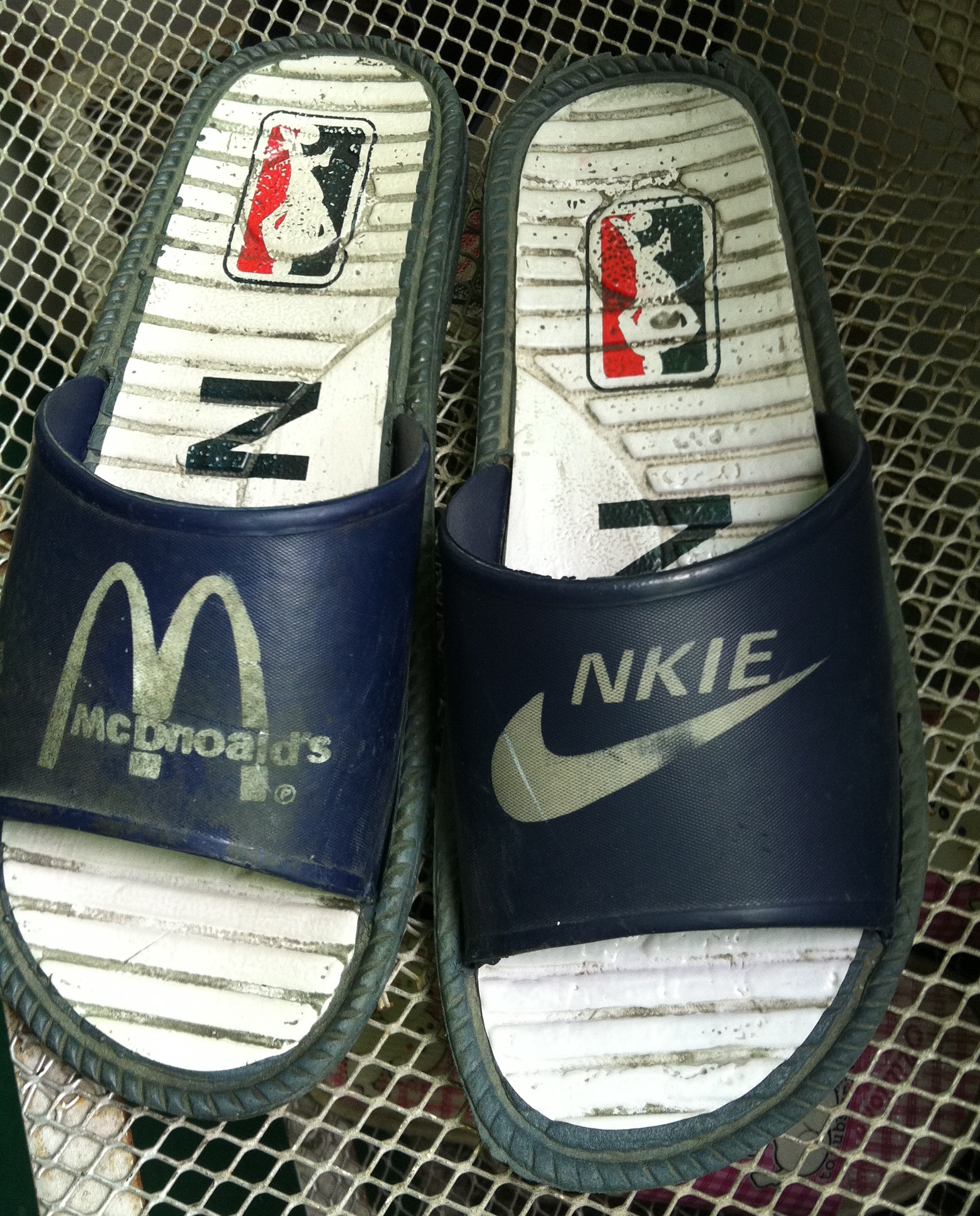Knitting business
- Introduction and Basics
- Creating Your Product Line
- Sourcing Materials
- Production Process
- Pricing and Profitability
- Marketing Your Collection
- Selling Your Products
- Customer Service and Retention
- Basics of Business Management
- Finance and Accounting
- Legalities of Your Business
- Growth and Expansion Strategies
Legalities of Your Business
Understanding Copyright and Design Protection in the Knitwear Industry

Ownership of ideas and processes.
In the world of fashion and knitwear, your designs are your unique selling point. They are the heart of your business and what sets you apart from the competition. Therefore, it's crucial to understand how to protect your designs through copyright and design protection laws.
Understanding Intellectual Property (IP)
Intellectual Property (IP) refers to creations of the mind, such as inventions, literary and artistic works, designs, and symbols, names, and images used in commerce. In the knitwear industry, your unique designs, patterns, and techniques can be considered your IP.
Importance of Protecting Your Designs
Protecting your designs is crucial for several reasons:
- It prevents others from copying or stealing your designs.
- It gives you the exclusive right to use, produce, and sell your designs.
- It allows you to take legal action against anyone who infringes on your rights.
Basics of Copyright Law in the Knitwear Industry
In many jurisdictions, original works of authorship, including artistic designs, are automatically protected by copyright law from the moment of their creation. This means that as soon as you create a unique knitwear design, it is automatically protected by copyright.
However, it's important to note that copyright law typically only protects the specific expression of an idea, not the idea itself. For example, if you create a unique pattern for a knitted scarf, the specific pattern is protected, but the idea of a knitted scarf is not.
How to Register a Copyright for Your Designs
While copyright protection is automatic, registering your copyright with the relevant government agency can provide additional benefits. It can serve as public notice of your copyright and can be necessary to bring a lawsuit for copyright infringement.
The process for registering a copyright varies by country, but it typically involves filling out an application, paying a fee, and submitting a copy of the work being registered.
Dealing with Copyright Infringement
If someone copies or uses your copyrighted designs without permission, they may be infringing on your copyright. In such cases, you may be able to take legal action against them to stop the infringement and potentially recover damages.
However, legal action can be costly and time-consuming, so it's often best to first try to resolve the issue through direct communication or a cease and desist letter.
In conclusion, understanding and protecting your intellectual property is a crucial aspect of running a successful knitwear business. By taking the necessary steps to protect your designs, you can ensure that your unique creations are safeguarded and that your business can thrive.